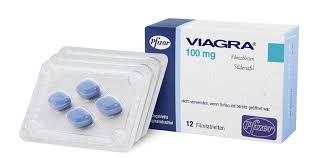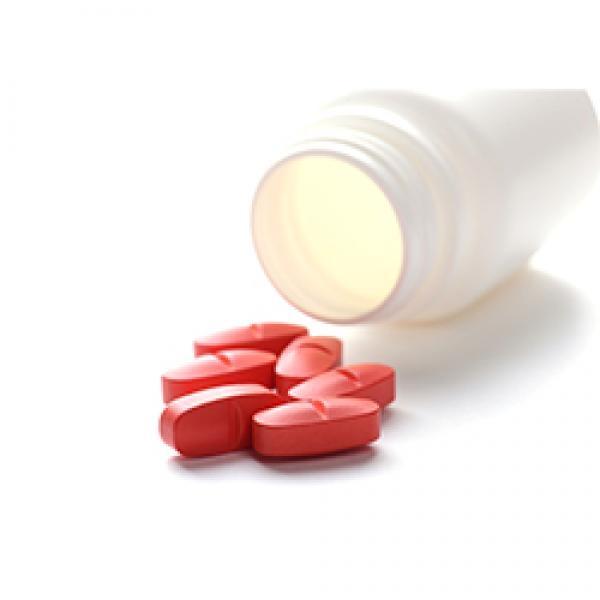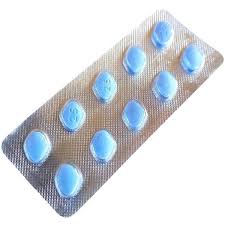The Fascinating World of Rapamycin A Guide to Its Benefits and Uses

The Fascinating World of Rapamycin
Rapamycin, also known as sirolimus, is an intriguing compound that has garnered significant attention in the fields of medicine and biotechnology. Originally discovered in the 1970s as an antifungal agent in soil samples from Easter Island, rapamycin has since been recognized for its immunosuppressive properties and potential applications in various health sectors. One interesting aspect of rapamycin is its ability to influence aging and longevity, making it a subject of great interest among researchers and enthusiasts alike. To explore more or purchase, you can visit Rapamycin https://apotekazasve.com/kupi-rapamycin-bez-recepta/.
What is Rapamycin?
Rapamycin is a macrolide compound that operates primarily by inhibiting the mechanistic target of rapamycin (mTOR), a crucial protein kinase involved in cellular growth, proliferation, and survival. The mTOR pathway plays a significant role in various cellular functions, including nutrient sensing, energy metabolism, and even autophagy – the process by which cells recycle waste materials and repair themselves.
The Mechanism of Action
The primary mechanism through which rapamycin exerts its effects is by binding to the FK506-binding protein 12 (FKBP12). This complex then inhibits mTOR, which can lead to a range of biological effects, including the inhibition of cell growth and multiplication. The implications of this action are far-reaching, as the mTOR pathway is a key player in aging and various diseases, including cancer, metabolic disorders, and neurodegeneration.
Potential Benefits of Rapamycin

Research into rapamycin has opened up a plethora of potential benefits related to health and aging. Some of the most intriguing findings include:
Aging and Longevity
Several studies have indicated that rapamycin might extend lifespan in various model organisms, from yeast to mice. The ability to modulate mTOR signaling influences not just longevity but health span – the period of life spent in good health. This has sparked interest in its potential application in human aging, leading to ongoing research in this area.
Immunosuppression
Rapamycin is widely used in clinical settings as an immunosuppressant, particularly in organ transplantation. By inhibiting the immune response, rapamycin effectively reduces the risk of organ rejection, allowing transplanted organs to function more effectively within the host body.
Potential Cancer Treatment
The inhibition of the mTOR pathway can slow down tumor growth by limiting cell proliferation and inducing apoptosis (programmed cell death) in cancer cells. Clinical trials are currently investigating the efficacy of rapamycin and its analogs in various cancer types, showing promise in the treatment of tumors sensitive to these pathways.

Metabolic Health
Emerging research suggests that rapamycin may help improve metabolic health by enhancing insulin sensitivity and affecting lipid metabolism. These effects could be beneficial for managing conditions such as obesity and type 2 diabetes.
Challenges and Considerations
While the potential benefits of rapamycin are promising, there are also challenges that come with its use. Long-term safety and side effects are still under investigation, as the drug can cause various adverse reactions, such as increased risk of infections due to its immunosuppressive nature, elevated cholesterol levels, and potential metabolic disturbances.
Additionally, the individual responses to rapamycin can vary greatly, necessitating careful consideration and monitoring in therapeutic contexts. Researchers continue to explore optimal dosing regimens and combinations with other drugs to maximize benefits while minimizing risks.
Conclusion
Rapamycin presents a fascinating intersection of pharmacology, aging research, and clinical application. As our understanding of its mechanisms grows and more studies emerge, the potential for rapamycin to enhance health and longevity becomes increasingly compelling. With ongoing research, we may soon find tailored applications for this complex compound that not only alleviate diseases but also usher in a new era of healthy aging.
